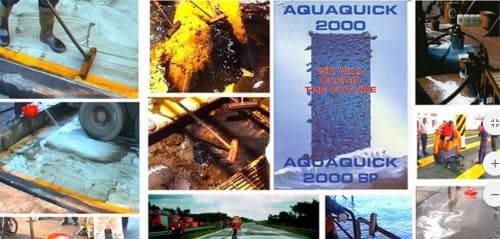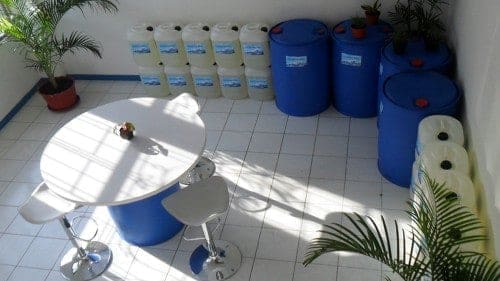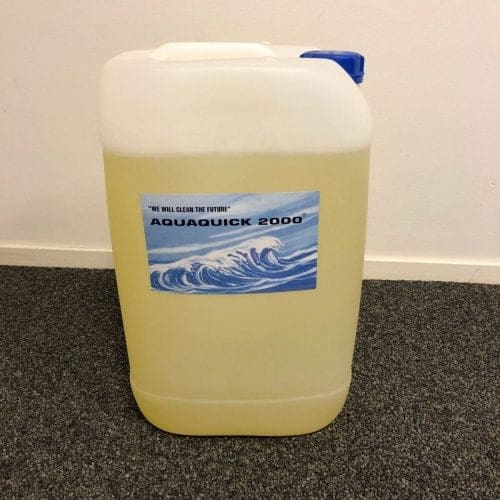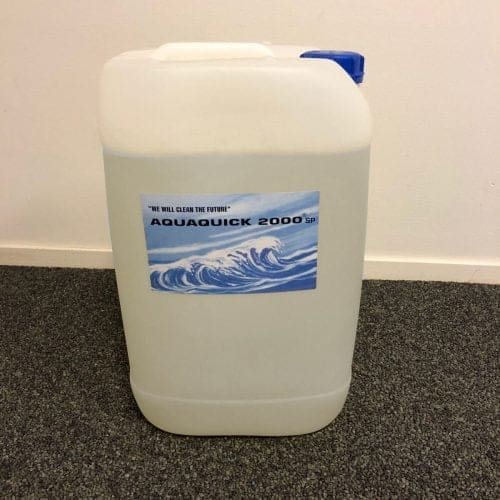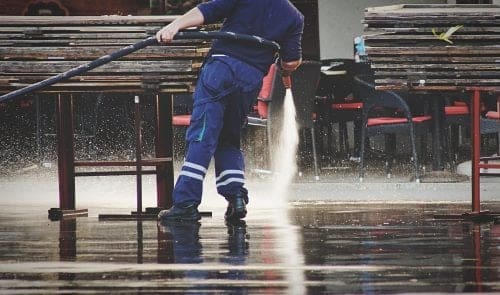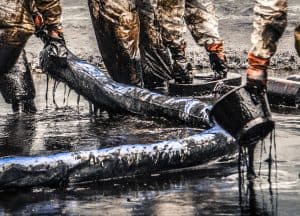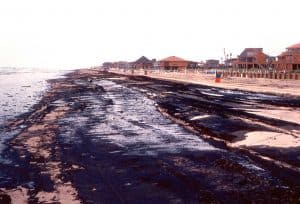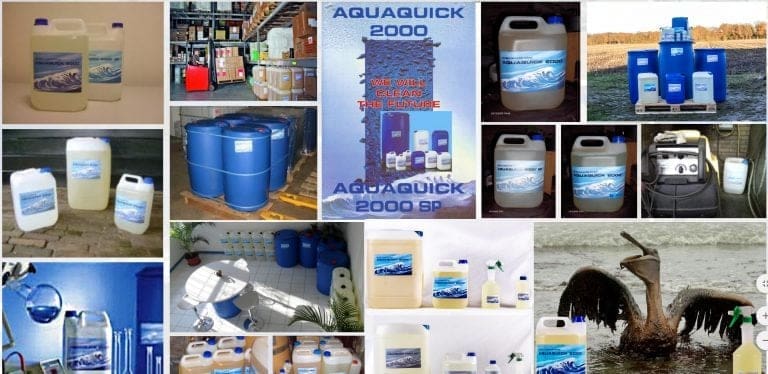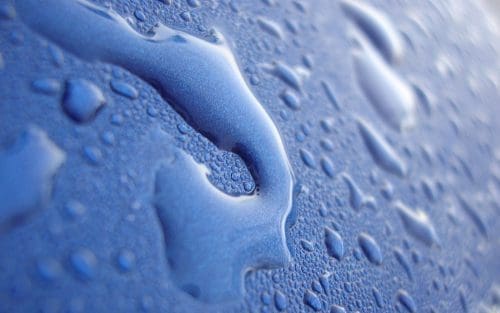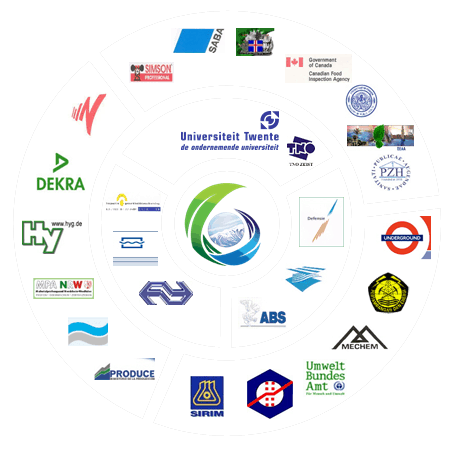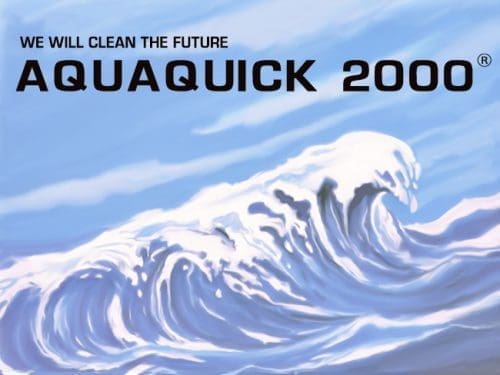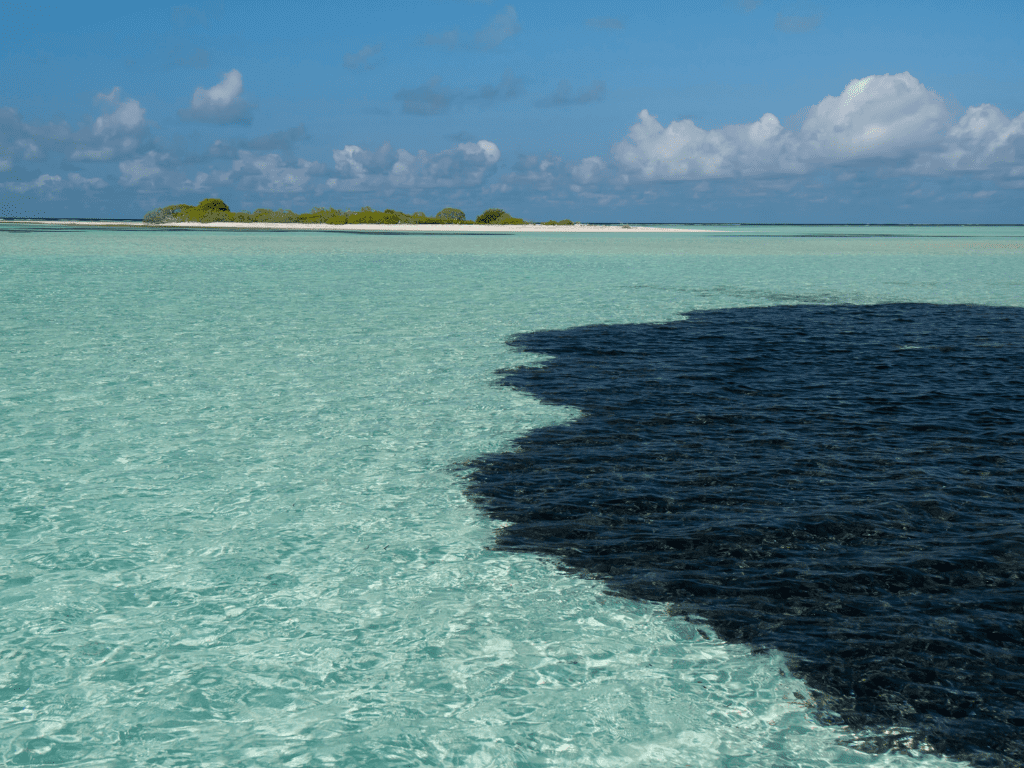Introduction
A. What is Oil Spill Dispersant?
What is Oil Spill Dispersant? Simply put, it refers to a chemical or biological agent used to break down oil slicks into smaller droplets, facilitating their dispersion into the water column. These dispersants play a crucial role in mitigating the environmental impact of oil spills by accelerating the natural process of oil degradation.
B. Importance of Oil Spill Management
Oil spills pose significant threats to marine ecosystems, coastal communities, and economies worldwide. Rapid and effective management of oil spills is essential to minimize ecological damage, protect wildlife, and safeguard human health. But have you ever wondered how we tackle such massive environmental disasters? Oil spill dispersants are one of the key tools utilized in response efforts to contain and clean up these environmental disasters.
C. Overview of Oil Spill Cleanup Methods
Various methods are employed to address oil spills, ranging from mechanical containment and recovery to chemical and biological treatments. While each approach has its advantages and limitations, the use of dispersants offers a versatile and effective means of dispersing oil, particularly in situations where mechanical methods are impractical or insufficient. But what exactly goes into these dispersants, and how do they work to combat the spread of oil?
II. Understanding Oil Spill Dispersants

A. Definition and Composition
Oil spill dispersants are typically composed of surfactants, solvents, and other additives that aid in the dispersion and breakdown of oil. Surfactants help to reduce the surface tension between oil and water, allowing the oil to disperse into smaller droplets. Solvents assist in solubilizing the oil, making it more readily dispersible in the water column. But how do these components interact with oil molecules, and what role do they play in the cleanup process?
B. Mechanism of Action
When applied to an oil slick, dispersants work by emulsifying the oil, breaking it down into smaller droplets that can disperse throughout the water column. This process enhances the natural biodegradation of the oil by increasing its surface area and exposing it to microbial action. As a result, the dispersed oil is more readily consumed by bacteria and other organisms, accelerating its breakdown and removal from the environment.
C. Types of Dispersants
1. Chemical Dispersants
Chemical dispersants are synthetic formulations specifically designed to break down oil and enhance its dispersion in water. These dispersants often contain a combination of surfactants, solvents, and other additives tailored to the characteristics of the spilled oil and environmental conditions.
2. Biochemical Dispersants
Biochemical dispersants utilize naturally occurring enzymes and microorganisms to degrade oil. These products offer a more environmentally friendly alternative to chemical dispersants and are often preferred in sensitive ecosystems where minimizing chemical impact is paramount.
3. Natural Dispersants
Certain natural substances, such as plant-derived surfactants and microbial cultures, can also act as dispersants. While not as widely used as chemical or biochemical dispersants, natural dispersants offer a sustainable and eco-friendly approach to oil spill cleanup.
D. Regulatory Considerations and Environmental Impact
The use of oil spill dispersants is subject to stringent regulatory oversight to ensure their safety and effectiveness. Environmental agencies evaluate dispersant formulations for their toxicity, biodegradability, and potential impacts on marine life. Proper application protocols and monitoring procedures are implemented to minimize adverse effects on the environment and human health. But how do these regulatory measures ensure the responsible use of dispersants, and what ongoing research is being conducted to address emerging concerns? Let us explain!
III. Why Are Oil Spill Dispersants Used?
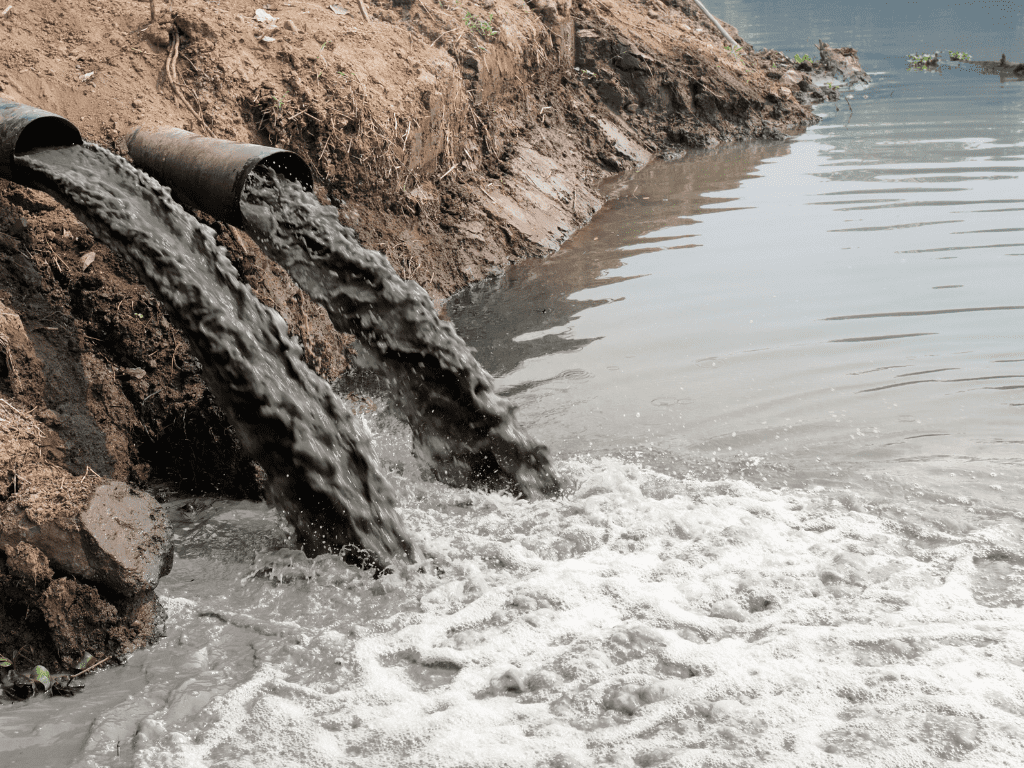
A. Efficiency in Breaking Down Oil Slicks
Oil spill dispersants are highly effective in breaking down large oil slicks into smaller droplets, which can disperse throughout the water column. By increasing the surface area of the oil, dispersants accelerate the natural process of biodegradation, allowing microorganisms to more readily consume the oil. This helps to prevent the formation of thick surface slicks, reducing the risk of oil reaching sensitive coastal habitats and wildlife.
B. Minimizing Environmental Impact
One of the primary goals of oil spill response is to minimize the environmental impact of the spilled oil. Dispersants offer a proactive approach to mitigate the spread of oil and reduce its persistence in the environment. By dispersing the oil into the water column, dispersants help to prevent the formation of thick surface slicks that can smother marine life and coat coastal ecosystems. This dispersal also facilitates the dilution of the oil, reducing its overall toxicity to marine organisms.
C. Facilitating Cleanup Operations
Oil spill cleanup operations can be complex and resource-intensive, particularly in remote or environmentally sensitive areas. Dispersants provide a versatile tool that can be deployed quickly and efficiently to address oil spills over large areas. Unlike mechanical methods, which may be limited by weather conditions or accessibility, dispersants can be applied from aircraft or vessels, allowing for rapid response and containment of the spill.
D. Comparison with Other Cleanup Methods
While mechanical containment and recovery methods are often preferred for removing oil from the environment, they may not always be feasible or effective, especially in rough seas or remote locations. Dispersants offer a complementary strategy for managing oil spills, particularly in situations where mechanical methods are impractical or insufficient. By dispersing the oil into the water column, dispersants can help to reduce the overall volume of oil reaching sensitive coastal habitats, thereby minimizing ecological damage.
IV. Applications of Oil Spill Dispersants
Oil spill dispersants find wide-ranging applications across diverse environments, from expansive open oceans to sensitive coastal regions and industrial sites. Their versatility and effectiveness make them indispensable tools in mitigating the environmental impact of oil spills and facilitating cleanup operations.
A. Marine Environments
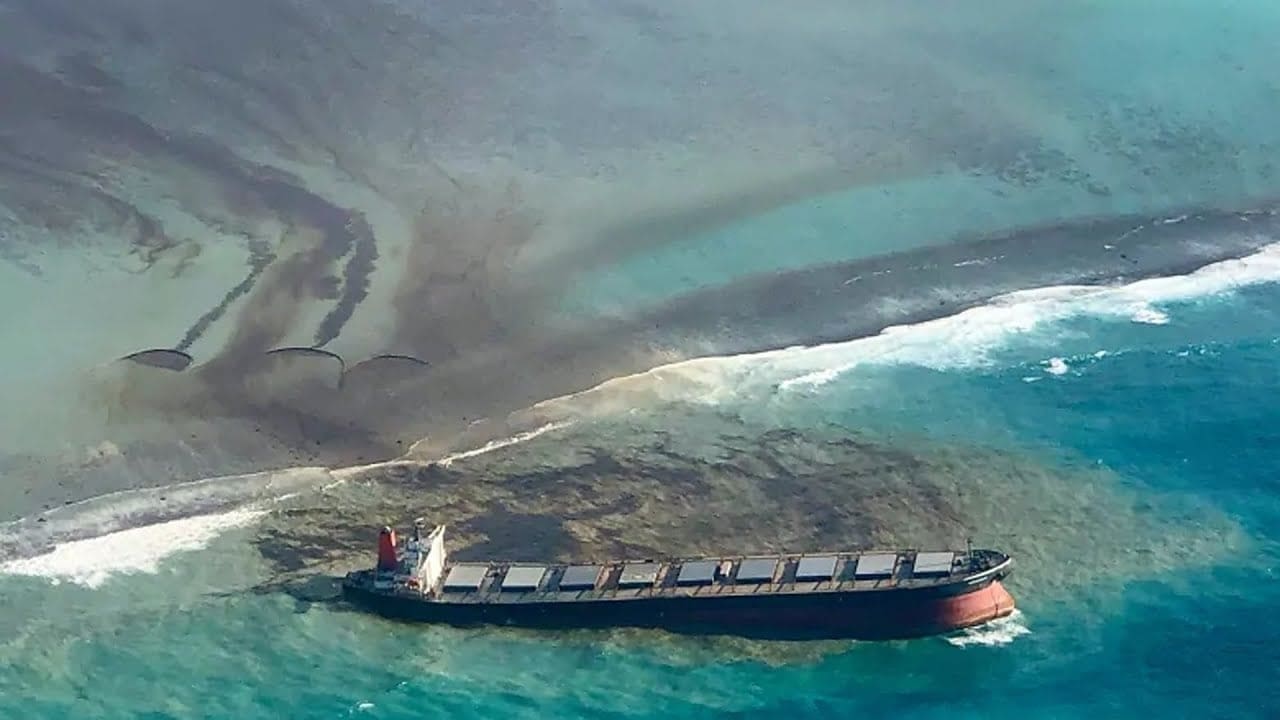
1. Open Ocean
Oil spill dispersants are commonly used in open ocean environments where large-scale spills occur, such as from tanker accidents or offshore drilling operations. In these vast expanses of water, dispersants are applied to break down oil slicks and prevent their spread over large distances. By dispersing the oil into smaller droplets, dispersants enhance the natural processes of weathering and biodegradation, reducing the overall impact on marine ecosystems.
2. Coastal Regions
Coastal regions are particularly vulnerable to oil spills due to their proximity to human populations, sensitive habitats, and economic activities such as fishing and tourism. Dispersants are applied in coastal areas to prevent oil from reaching shorelines and to protect estuaries, mangroves, and other coastal habitats. Rapid response and application of dispersants can help minimize the impact of oil spills on coastal communities and wildlife.
3. Estuaries and Wetlands
Estuaries and wetlands are critical ecosystems that serve as nurseries for marine life and provide essential habitat for numerous species. When oil spills occur in these sensitive environments, dispersants are used to mitigate the impact on tidal marshes, mangrove forests, and other wetland habitats. Dispersants help to prevent the oil from coating vegetation and wildlife, allowing for quicker recovery and restoration of these vital ecosystems.
B. Industrial Sites and Inland Water Bodies
Oil spills can also occur in industrial settings such as refineries, storage facilities, and manufacturing plants, as well as in inland water bodies such as rivers and lakes. Dispersants may be applied in these environments to contain and clean up oil spills, particularly in areas where traditional cleanup methods are impractical or insufficient. By dispersing the oil into the water column, dispersants help to minimize contamination of soil and groundwater and prevent the spread of oil downstream.
C. Transportation and Storage Facilities
Transportation and storage facilities for oil and petroleum products are potential sources of oil spills due to accidents, leaks, or operational failures. Dispersants may be pre-positioned at these facilities or deployed rapidly in the event of a spill to prevent the oil from spreading and minimize environmental damage. Effective coordination and response planning are essential to ensure timely and appropriate application of dispersants in transportation and storage facilities to mitigate the impact of oil spills on surrounding ecosystems and communities.
V. AquaQuick: The Best Oil Spill Dispersant
AquaQuick is a highly effective oil spill dispersant that answers the question, “What is an oil spill dispersant?” with its exceptional performance in breaking down oil slicks and minimizing environmental impact. Developed with advanced formulation techniques, AquaQuick offers a cutting-edge solution to the challenges of oil spill cleanup.
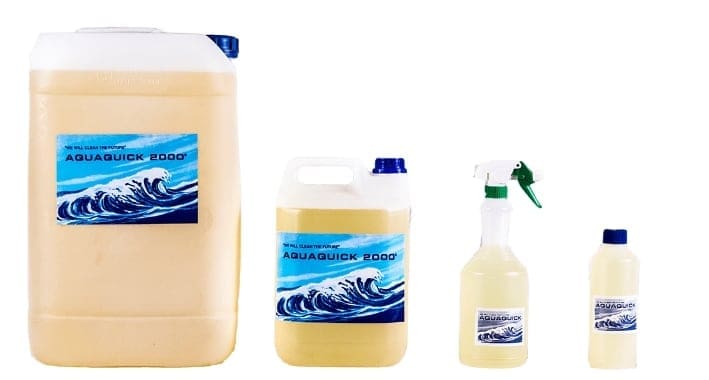
B. Unique Features and Composition
AquaQuick’s unique formulation consists of carefully selected surfactants, solvents, and additives engineered to enhance its dispersing capabilities while ensuring environmental compatibility. Its proprietary blend enables rapid emulsification of oil, transforming it into smaller droplets that disperse quickly in the water column.
C. Effectiveness in Oil Spill Cleanup
AquaQuick has demonstrated unparalleled effectiveness in oil spill cleanup operations, both in laboratory testing and real-world scenarios. Its rapid action and high dispersing efficiency enable swift containment and dispersion of oil slicks, preventing them from spreading and minimizing their impact on marine ecosystems and coastal habitats.
D. Environmental Compatibility and Safety
AquaQuick is formulated with environmental sustainability in mind, addressing concerns related to “What is Oil Spill Dispersant?” by prioritizing biodegradability and low toxicity to aquatic organisms. Extensive testing has confirmed its safety for use in sensitive marine environments, ensuring minimal harm to wildlife and ecosystems during cleanup operations.
E. Comparison with Other Oil Spill Dispersants
In comparative studies, AquaQuick has consistently outperformed traditional dispersants in terms of effectiveness, environmental compatibility, and safety. Its advanced formulation and superior performance make it the preferred choice for oil spill response teams and environmental agencies worldwide.
VI. Conclusion
Oil spill dispersants play a vital role in mitigating the environmental impact of oil spills, facilitating cleanup operations, and protecting marine ecosystems and coastal communities from the devastating effects of pollution. Their strategic use helps minimize ecological damage and promotes the restoration of affected areas.
We hope you’ve got your answer to “What is oil spill dispersant?”And AquaQuick’s exceptional performance, environmental compatibility, and safety make it a standout solution for oil spill cleanup efforts. Its unique formulation and effectiveness in dispersing oil slicks make it an invaluable asset in the arsenal of oil spill response teams worldwide.
As the global demand for effective oil spill management solutions continues to grow, AquaQuick is poised to play a pivotal role in shaping the future of oil spill response and environmental protection. With ongoing research and development efforts, AquaQuick aims to further enhance its capabilities and expand its applications, ensuring continued success in addressing the challenges of oil spill cleanup and environmental conservation.

